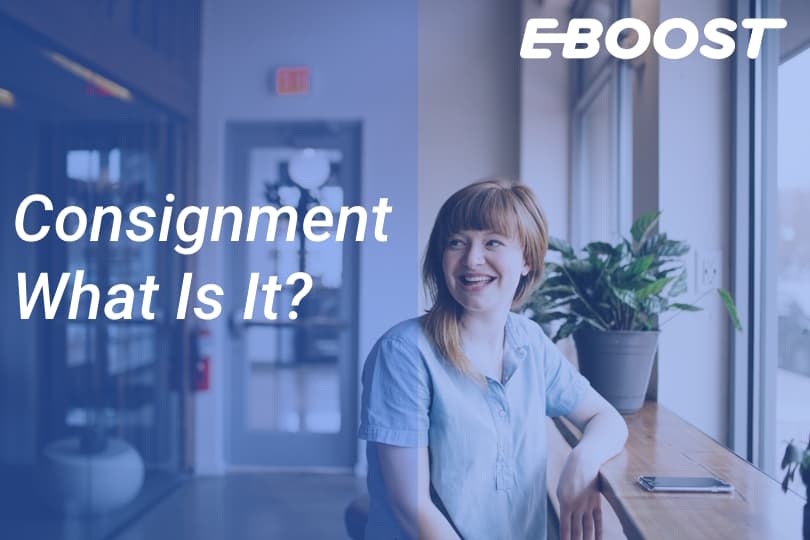
Consignment is also becoming more widespread for products that have just been launched and for which the commercial success is uncertain. Consignment lowers risk for resellers; they only pay for products once they are sold. Suppliers benefit because they don’t need to store unsold goods; they can focus on making new products. To put it another way, a third party is entrusted with selling products on behalf of the owner in a consignment sale. A person wishing to sell an item on consignment delivers it to a consignment shop or a third party to do the selling on their behalf.
A deep dive into how AI improves inventory tracking accuracy, reduces stockouts, and enhances demand forecasting.

A proforma invoice is a statement which is used to provide information as to the particulars of the goods sent to the consignee. Consignment is opted when the owner of the goods does not have any branch in a specific area or place. Shaun Conrad is a Certified prepaid expenses examples accounting for a prepaid expense Public Accountant and CPA exam expert with a passion for teaching. After almost a decade of experience in public accounting, he created MyAccountingCourse.com to help people learn accounting & finance, pass the CPA exam, and start their career.
Consignment Sales: What Is & How Does It Work?
In this scenario, Company A is the consignor, while the retailers are the consignee. Consignment sales agreements offer many advantages as well as some potential disadvantages. However, if done correctly with proper planning and execution they can lead to successful partnerships for businesses looking to expand their reach without taking on too much financial risk. Both parties should have a mutual understanding of the length of time that items will be held in consignment, commission rates, payment timelines, and any other relevant details. Another disadvantage is the lack of control over pricing and merchandising.
Understanding Consignment Sales
When an item sells, you both celebrate—and split the profits based on your agreement. Another advantage is that it eliminates the need for upfront payment from buyers, which can make selling high-priced items easier. Consignment sales also allow sellers to retain ownership of their products until they are sold, giving them more control over pricing and product placement. One major difference between consignment sales and other forms of procurement is that ownership remains with the supplier until an item has been sold.
It is important to include specific details in this agreement to protect both parties involved in the transaction. It’s important to note that both parties need to be clear about every aspect of their agreement before proceeding with anything. A well-crafted consignment sales agreement should outline all details related to payment terms, pricing structure, marketing plans, delivery schedules among others. The retail business model is where the merchant offers to buy a product upfront. With a consignment business model, the merchant will offer a percentage of the item’s sale.
Providing or producing products for sale by consignment can mean a far bigger audience for your goods, and more sales. On the other hand, you’ll have to pay a commission fee if you make a sale, and this can be a significant proportion of the value of the product. Whether you’re selling fashion, luxury goods, or other items, consignment offers a promising opportunity in today’s market. It’s a smart way to adapt to changing consumer preferences and potentially boost your bottom line. The next important detail to include is the commission rate for the seller. This will vary depending on each individual consignment operation, so it’s crucial to establish this beforehand.
- This guide will detail the consignment model, outlining its benefits, drawbacks, and how it can propel your business forward.
- Consignment sales can be a beneficial arrangement for both the seller and the consignor.
- This is known as the “consignment period” and is typically negotiable between the Consignor and Consignee.
- In order to expand his business and maximize profit, a consignor may have many consignees working for him in many different areas at the same time.
- In addition to selling goods themselves, business entities sometimes find it more convenient and more profitable to market their products in multiple areas through agents.
- Build strong relationships with suppliers, make clear agreements, and use suitable consignment software to succeed.
Consignment Sales can also be risky, as the Consignor will only receive payment for their goods once they are sold by the Consignee. This means that the Consignor may not get paid at all if the Consignee is unable to sell their products. Its flexible buying and selling features include advanced payouts, item trades, and a buyback scheme where shoppers can return products for credits toward their next purchase. The retail price per magazine is $10 and the price charged by Company A selling to the retailers is $5. Throughout the month of January, the retailers manage to sell 50,000 copies (the retailers notify Company A on January 30th).
As such, consignment sales may block the revenue for a while and provide unreliable income streams. It does, however, give an unmatched visibility and a relatively easier channel to sell. They usually take place in retail settings such as clothing stores, antique shops, and art galleries.
For example, a consignment sale is a great way to save money on baby clothes and toys. Maternity clothes are typically only worn for a few months, so such types of sales are a great way to get rid of them. Baby clothes and toys can be expensive, so these sales are a great way to save money.
Hitesh Bhasin is the CEO of Marketing91 and has over a decade of experience in the marketing field. He is an accomplished author of thousands of insightful articles, including in-depth analyses of brands and companies. Holding an MBA in Marketing, Hitesh manages several offline ventures, where he applies all the concepts of Marketing that he writes about. Ensuring compliance not only protects both parties but also solidifies the foundation for a prosperous consignment relationship. Including information about dispute resolution methods can help avoid potential conflicts down the line. This could involve mediation or arbitration procedures agreed upon by both parties before signing onto the deal.
For Consignees, Consignment Sales can be risky because they are investing time and resources into selling someone else’s products. If the products do not sell, the Consignee may be stuck with inventory that they are unable to sell. Consignment Sales can also be time-consuming, as the Consignee will need to keep track of inventory levels and communicate with Consignors on a regular basis.

